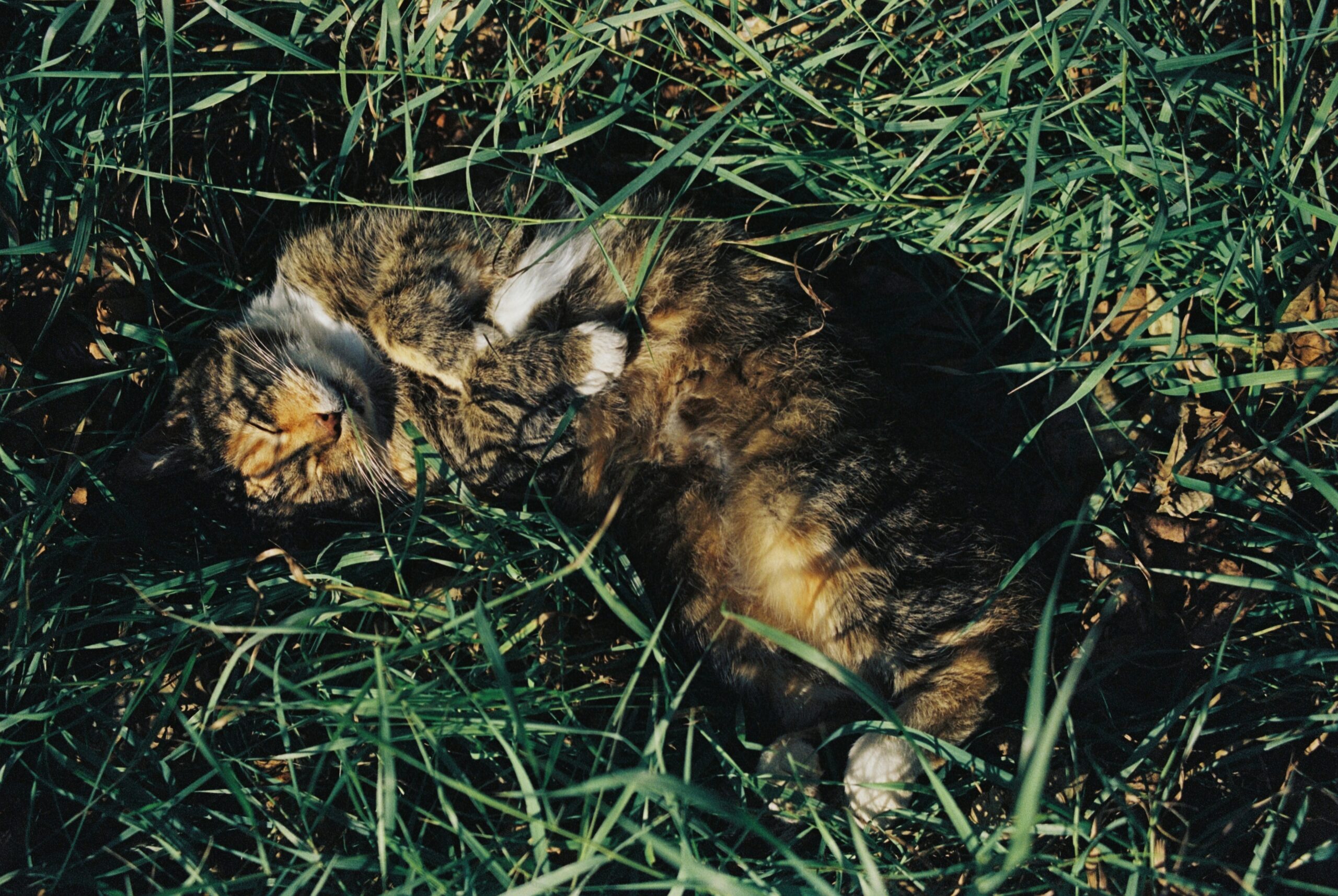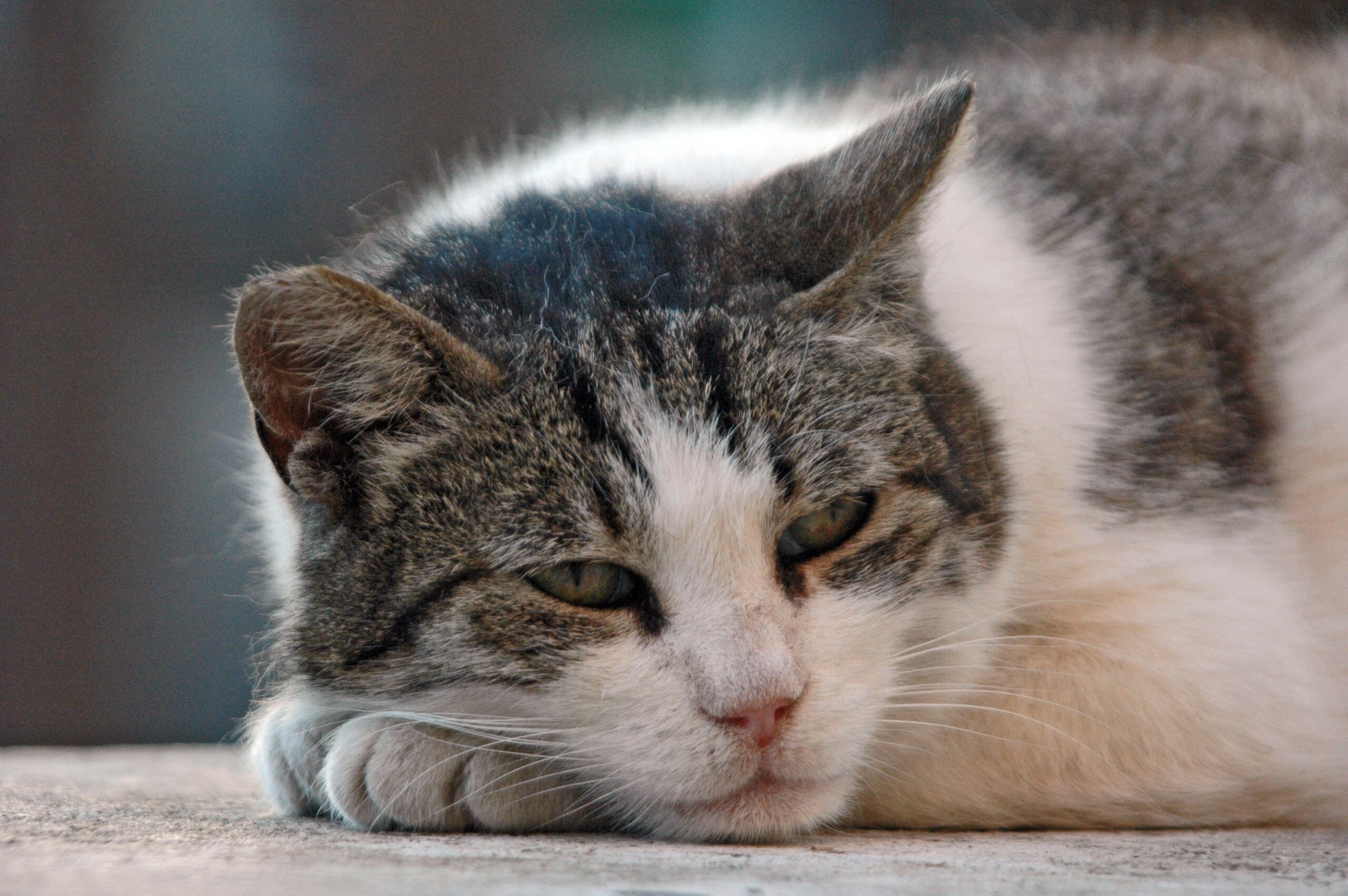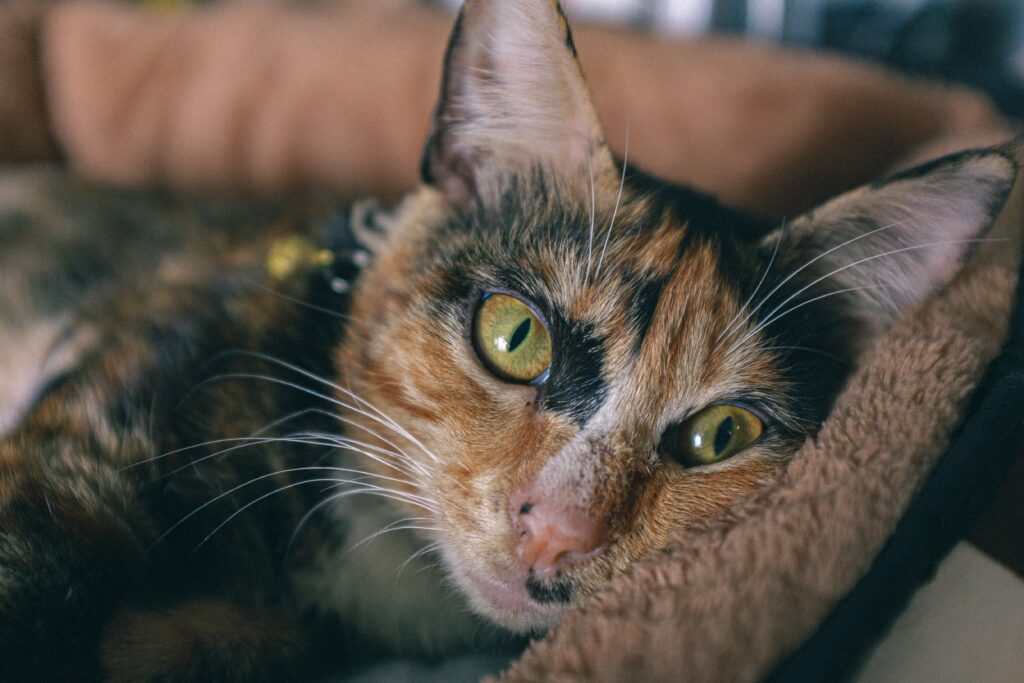There is something unsettling about finding blood droplets around your house, especially when they are coming from your beloved pet cat. So what does it mean when you notice your cat leaving blood drops around the house? Is it a sign of something serious?
In this article, we will explore the possible causes of blood droplets in cats and what they might signify. We will also provide some tips on how to deal with this situation if it arises.
Let’s get started!
Another interesting read: Cat Feet – 8 Interesting Facts That You Should Know
Table of Contents
What Are The Reasons For Cat Leaving Blood Drops?

There can be various reasons why a cat leaves blood drops around the house. In most cases, it is an indication that something is wrong with the pet. It could be anything from a minor injury to a more serious health condition. A vet should be consulted as soon as possible to determine the root cause of the problem and get appropriate treatment for the cat.
Here are five of the most common reasons for cats leaving blood drops:
Injury
A cat may leave blood drops if it has sustained an injury, such as a cut or scrape. The blood will typically be fresh and bright red in color. If you see any injuries on your cat, clean them with warm water and a bar of mild soap. Apply pressure to the wound if it is bleeding heavily. If the injury is more serious, take the cat to the vet immediately.
There are many things that can cause injuries to a cat. Cats are curious by nature and will often explore their surroundings by climbing and jumping. This can lead to them getting injured if they fall or jump from a high place, or if they get into a fight with another animal.
Constipation
When a cat starts to leave droppings that are bloody, one of the first things most people think is that their pet may be suffering from constipation. This can be a common occurrence, especially in older cats, and can often lead to other health problems if left untreated.
In order to help prevent this, it is important to understand how you can spot the signs of constipation in your cat.
Signs
The first sign that a cat may be suffering from constipation will be if they are not able to pass stools regularly. You should also look for small amounts of blood or urine around the droppings. This is usually a sign that the cat is straining to pass stool, and can be very painful. In some cases, you may also notice that your cat’s abdomen appears swollen or hard.
If you think your cat is constipated, it is important to take them to the veterinarian as soon as possible. The vet will be able to help determine the cause of constipation and may prescribe medication or other treatment options.
Another interesting read: How To Clean Cat Ears? – Complete Grooming Guide
It is important to note that if left untreated, constipation can lead to more serious health problems in cats. Therefore, it is always best to seek veterinary help if you are concerned about your pet’s bowel movements.
Growths
Tumors and cysts are common problems that can occur in cats. While most of these growths are benign (noncancerous), it’s important to have them checked out by a veterinarian to be sure. One sign that your cat may have a tumor is if they start leaving blood droplets around the house.
There are several reasons why a cat might start bleeding from a tumor. One is that the tumor may be pressing on blood vessels, causing them to rupture and bleed. Another possibility is that the cancerous cells themselves may release toxins that damage the surrounding tissue, leading to blood loss.
There are several different types of tumors that can occur in cats, including:
–Lymphoma: This type of cancer affects the lymph nodes and is one of the most common types of cancer found in cats. Symptoms include weight loss, lethargy, and vomiting or diarrhea.
–Mammary tumors: These are the most common type of tumor seen in female cats (though they can also occur in males). They are typically benign but may be malignant if left untreated for too long. The best way to prevent mammary tumors is to have your cat spayed at an early age.
If your cat starts leaving blood droplets around the house, it’s important to take them to the veterinarian as soon as possible. The sooner the tumor is diagnosed and treated, the better your cat’s chances are of making a full recovery.
Another interesting read: Why Do Cats Groom Each Other? (Allogrooming)
Diarrhea

Diarrhea in cats can be caused by many things, including eating something they shouldn’t, parasites, a virus, bacteria, or stress. When your cat leaves blood droplets around the house, it’s important to determine the underlying cause as soon as possible to ensure your cat receives appropriate treatment and doesn’t become iller.
One common reason for blood in a cat’s excrement is diarrhea, which can be caused by several different things. In most cases, the blood in your cat’s stool will appear as small dots or drops and will not cause her to strain while passing feces. If you notice that she is straining, more than just blood may be present and it could indicate an obstruction or another more serious health problem.
Signs
If your cat is exhibiting other symptoms such as vomiting, lethargy, loss of appetite or fever, she may have a more serious illness and should be taken to the veterinarian immediately.
Treatment
In cases where blood in the stool is caused by diarrhea, treatment will depend on the underlying cause. If an infection is to blame, antibiotics may be prescribed. If a foreign body is a cause, surgery may be necessary to remove it.
If your cat’s diarrhea is caused by stress, making some changes around the home such as adding more hiding places or providing more playtime may help ease her anxiety. In most cases, however, if blood is present in your cat’s stool it is a sign that she needs medical attention and should be taken to the veterinarian as soon as possible.
Feline Lower Urinary Tract Disorder or FLUTD
FLUTD is a condition that affects the bladder and urethra of cats. The most common sign of FLUTD is blood in the urine, but other symptoms may include straining to urinate, frequent trips to the litter box, crying in pain while using the litter box, excessive licking of the urinary opening, and vomiting.
There are many possible causes of FLUTD:
Idiopathic Cystitis (FIC)
This is the most common cause. It is basically a fancy name for an unknown cause. We know that if your cat has been diagnosed with FIC, it means they have inflammation in their bladder lining without any obvious cause like a urinary tract infection or kidney stones.
Another interesting read: Why Do Cats Bite Their Nails, Is It Normal?
Other causes of FLUTD include:
Urinary tract infection (UTI)
This is the most common bacterial infection in cats and can cause inflammation and pain in the bladder. Cats with UTIs often have to pee more frequently, have very strong-smelling urine, and may also vomit and have diarrhea.
Bladder And Kidney stones
These are small, hard mineral deposits that can form in the bladder. They can cause pain and inflammation and often require surgery to remove them.
Kidney stones are even rarer than bladder stones, but they can occur when minerals in the urine crystallize and build up into lumps. Stones can get lodged in the urethra, which leads from your cat’s bladder to their genitals. These stones can block urine flow and cause severe pain when she tries to use her litter box.
Final Words
Why is your cat leaving blood drops? Well, first you should be noticing that your kitty has lost some of its hair and may have wounds to the skin or even a bacterial infection in the mouth. If this continues for more than two days then contact your veterinarian right away because there could be something serious going on with your pet’s health!

